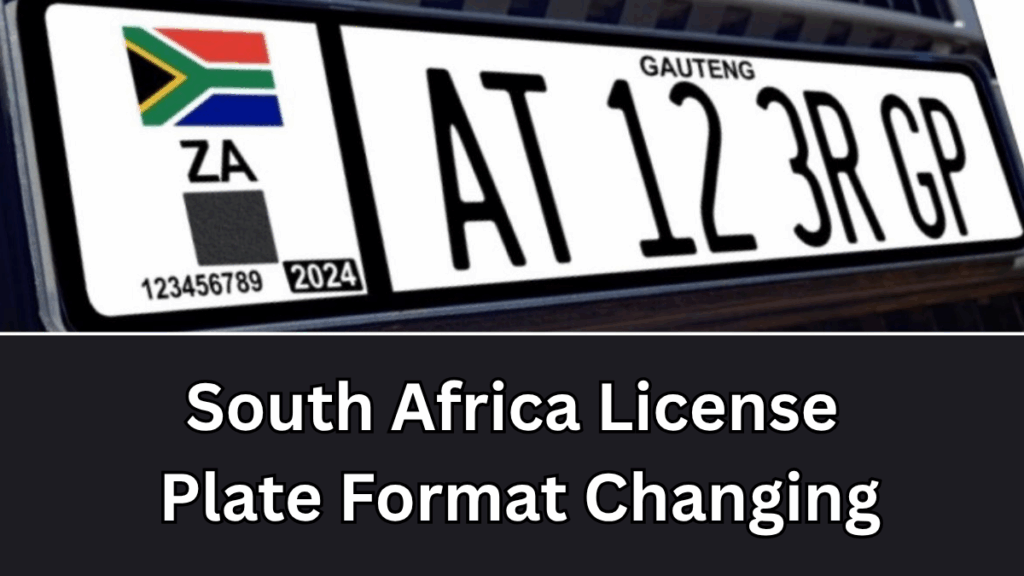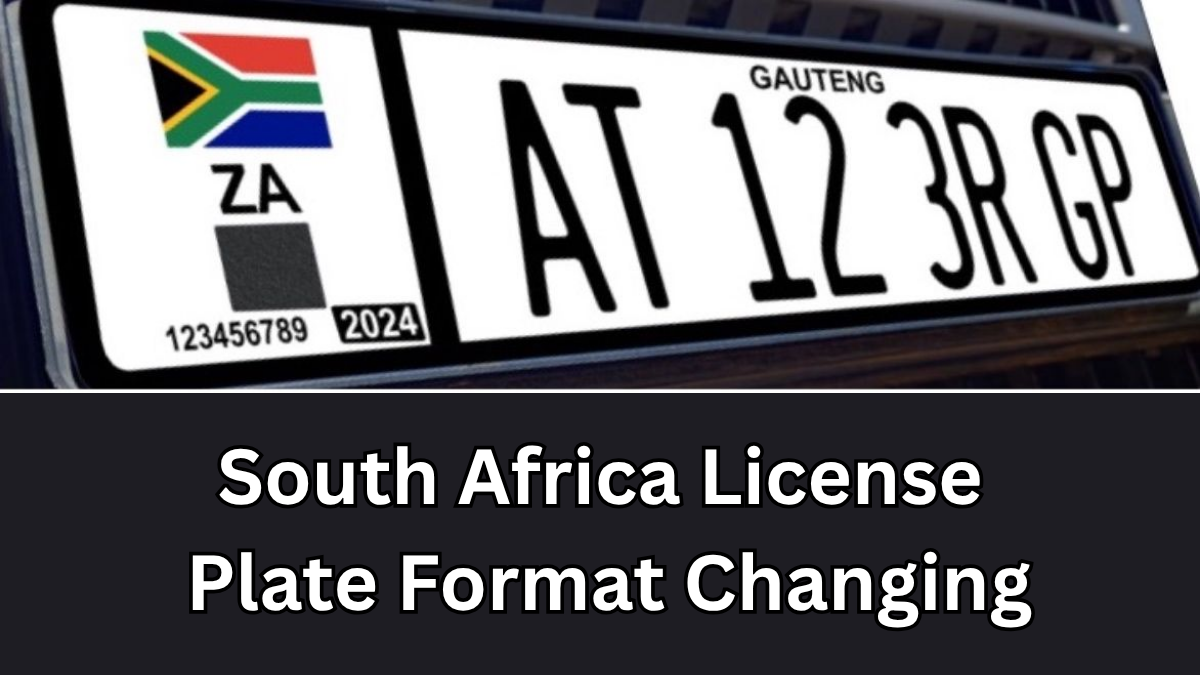Starting in 2025, South Africa is revamping its vehicle identification system with a brand-new license plate format. This nationwide vehicle ID reform is designed to make the system more secure, standardized, and traceable across provinces.
If you’re a car owner, buyer, or seller, this South Africa license plate change 2025 update is something you’ll want to keep an eye on.

What’s Changing in the License Plate Format?
The new numbering system will bring a consistent format to vehicle registration across all provinces. Here’s a quick comparison of the current vs upcoming system:
| Feature | Current System | New System (2025 Onward) |
|---|---|---|
| Format Style | Varies by province (e.g., “CA 123-456”) | National uniform format |
| Province Code | At the end of the plate | Moved to a standard location |
| Number Length | Up to 7 characters | Expanded to allow more combinations |
| Security Features | Basic | Embedded QR codes & digital registry link |
Why the Shift? The Goals Behind the Reform
The vehicle ID reform isn’t just cosmetic—it’s a strategic move for better security and efficiency.
Key reasons for the license plate overhaul:
-
Combat vehicle cloning and fraud
-
Improve traceability during crimes or investigations
-
Allow better integration with digital traffic systems
-
Standardize formatting across all 9 provinces
What the New Format Might Look Like
While the exact design is still under review, preliminary proposals suggest:
-
A combination of letters and numbers (e.g., AB 123 CD GP)
-
A QR code embedded on the plate for digital verification
-
A province identifier moved to a uniform location
-
National coat of arms watermark to discourage tampering
When Will the Change Take Place?
The South Africa license plate change 2025 rollout will follow a phased schedule:
| Timeline | Milestone |
|---|---|
| January – March 2025 | Pilot launch in selected municipalities |
| April – June 2025 | Official national rollout begins |
| By December 2025 | All new vehicle registrations to follow new system |
| 2026–2027 | Gradual transition for existing vehicles |
Who Will Be Affected?
Whether you own a private car, manage a fleet, or drive for a ride-hailing service—this change affects you.
Key groups impacted:
-
New vehicle buyers (immediate implementation)
-
Used vehicle buyers/sellers (change on re-registration)
-
Commercial transport operators
-
Car rental and logistics businesses
What Should You Do Next?
Here are some steps to prepare for the new numbering system:
-
Stay updated via the Department of Transport announcements
-
Check with your local licensing office if you plan to buy/sell a vehicle in 2025
-
Consider re-registering early if you want to switch to the new system sooner
-
Ensure your vehicle details (VIN, engine number) are accurate and match eNaTIS records
FAQs:
Q1. Will I be forced to change my current plate immediately in 2025?
A: No. Existing plates will be phased out gradually. Only new registrations and re-registrations will follow the new format initially.
Q2. How much will the new plates cost?
A: Final prices are still under review, but the government has indicated costs will be similar to current fees, with possible subsidies for low-income citizens.
Q3. Will old plates become illegal?
A: Eventually, yes—but the transition period will span over 2–3 years to give everyone ample time.
Q4. What happens if I sell my vehicle in 2025?
A: Upon registration by the new owner, the new numbering system will apply, and the license plate will be changed accordingly.
Final Thoughts
The South Africa license plate change 2025 is a step toward a smarter, safer future in road traffic management. While change can feel inconvenient, this vehicle ID reform promises improved law enforcement support, better integration with smart traffic systems, and a cleaner, more modern look for vehicles on the road.
Click here to learn more
